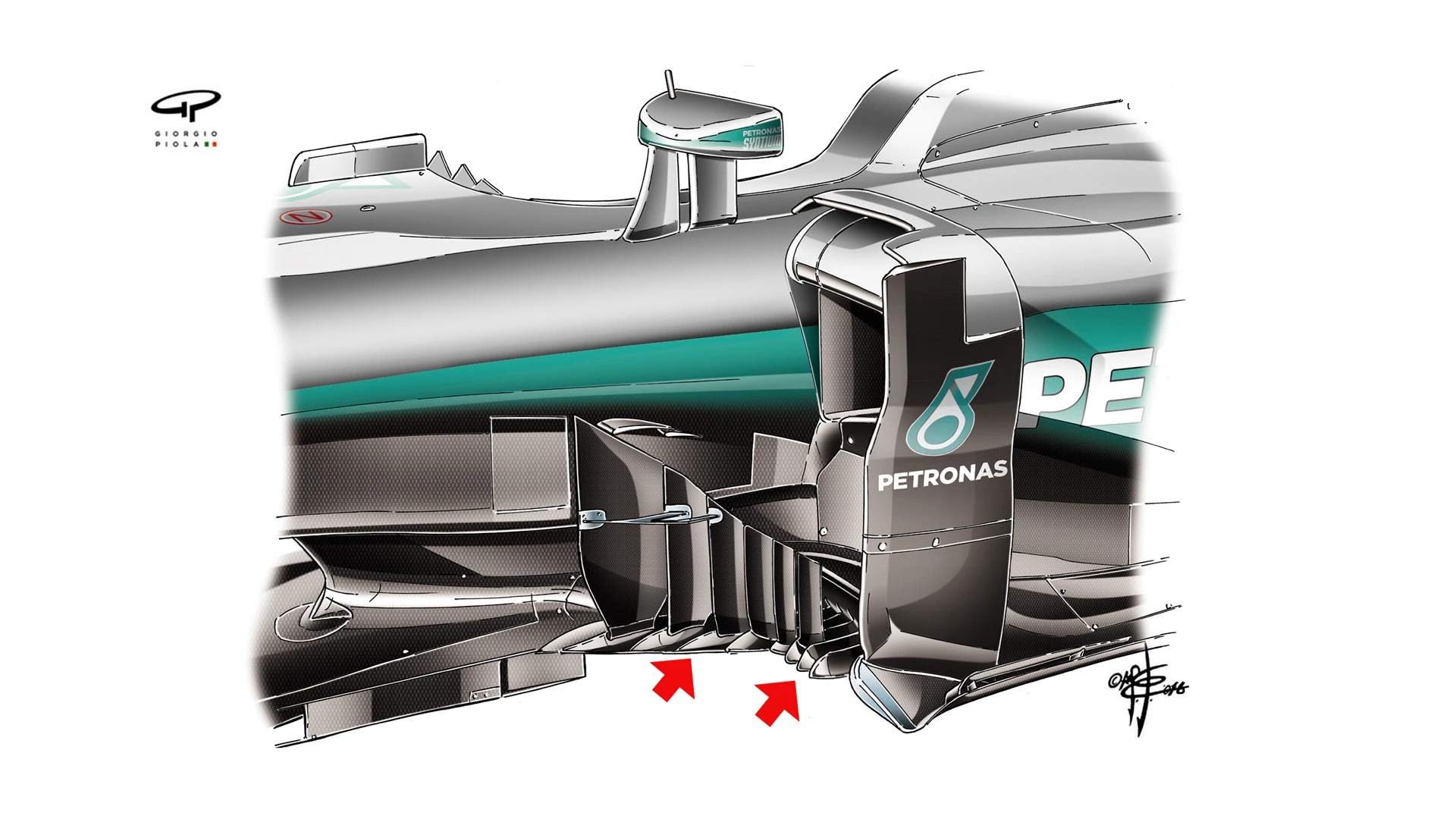Last week’s Barcelona test gave the teams the first chance to start evaluating changes to their 2016 cars on track. It also gave attending fans and media a first opportunity to view and assess those changes. With the help of technical illustrator Giorgio Piola, we bring you some of the highlights…
Slotted bargeboards
Mercedes' F1 W07 Hybrid was not only incredibly reliable at the first test, the team were also the first team to introduce radical new design solutions when compared to the car seen at launch. Among them were these innovative bargeboards, with numerous vertical slots and finger-shaped vortex generators (red arrows) at the base of the slots. The whole design highlights the in-depth efforts being made to manage the airflow feeding under the floor to the car’s rear diffuser.
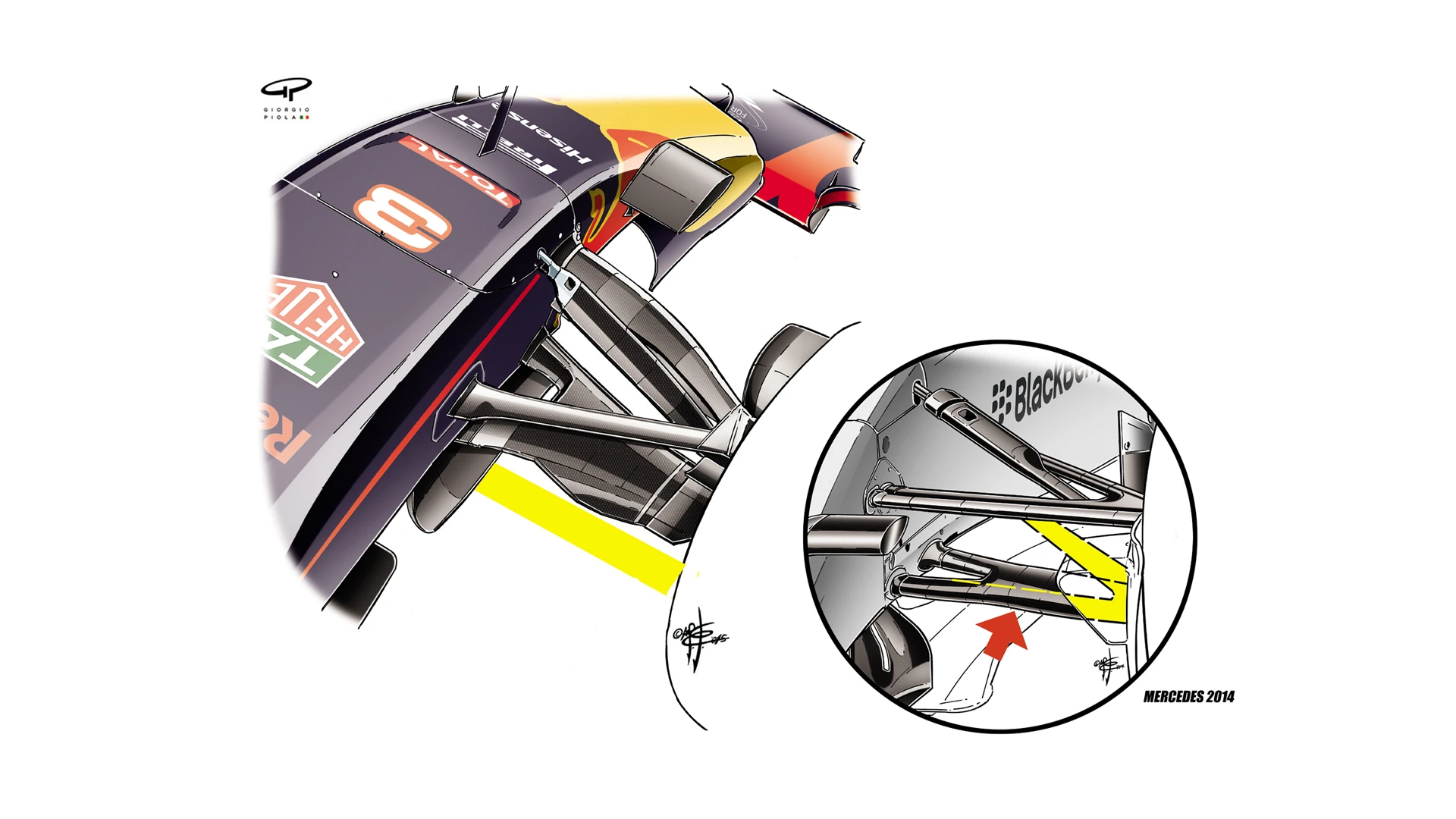
Front suspension aerodynamics
The trend of giving a tuning fork-like shape to the front suspension’s lower wishbone was established by Mercedes in 2014. The conjoined wishbone in effect becomes a large aerofoil, reducing the turbulence created as airflow passes through. Modifying suspension elements in this way is perfectly legal as long as they do not exceed the permitted 3.5:1 depth-to-thickness ratio. Ferrari and Force India followed the trend in 2015, and now it can also be seen on the Red Bull (shown here), Haas and Toro Rosso.
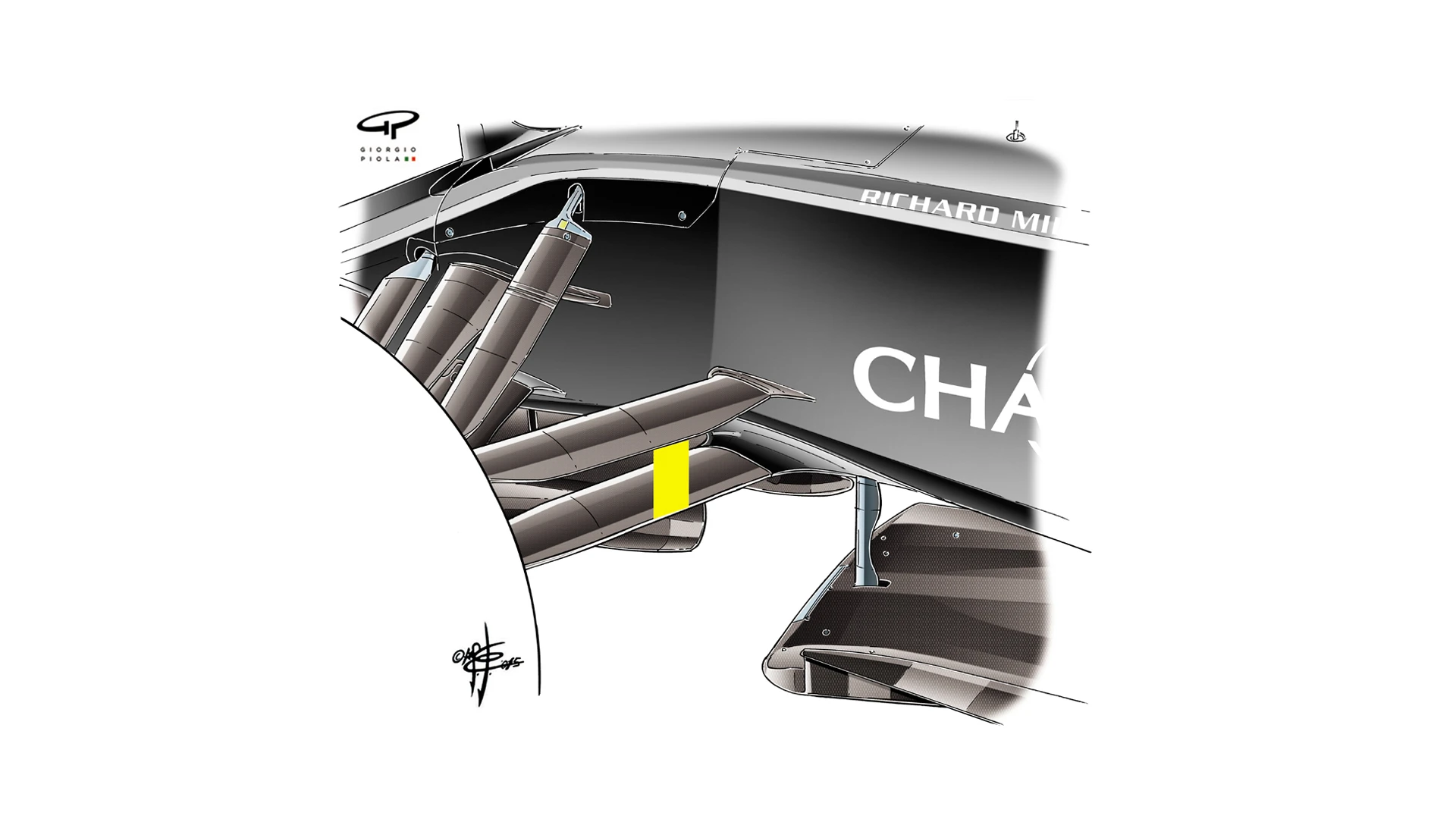
McLaren have gone down a slightly different route. The MP4-31's suspension elements do have an aerodynamic design, but the pick-up points of the upper and lower wishbones’ rear legs are now very close together (highlighted in yellow). This not only aids the car’s anti-dive characteristics under braking, it also means the elements act together to increase their aero influence in managing the airflow under the sidepods.
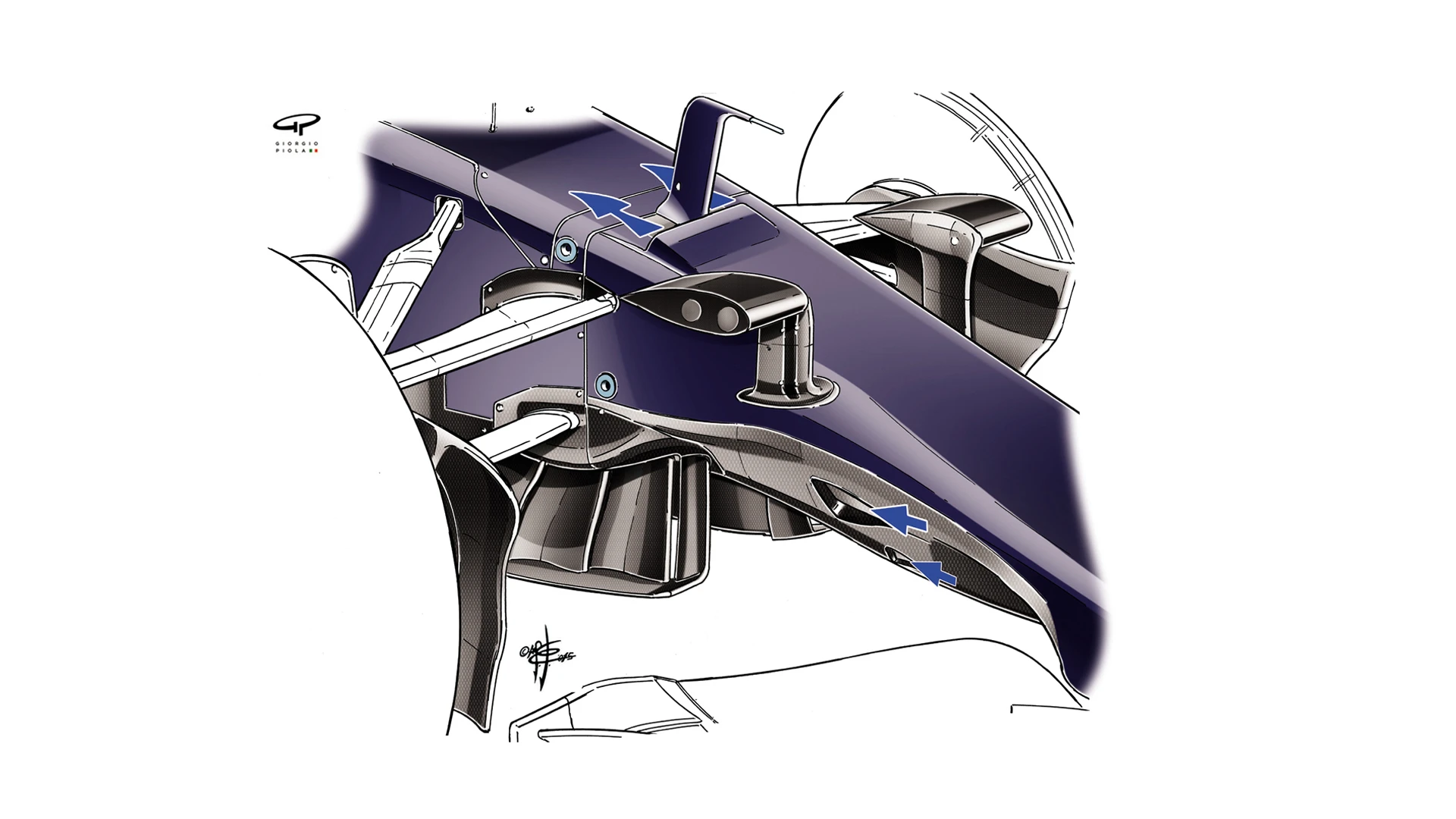
S-duct evolution
The S-duct was reintroduced to Formula One racing by Sauber in 2012, copied by Red Bull in 2013 and then also adopted by McLaren and Force India last year. For 2016 Toro Rosso have taken a slightly different approach on their STR12, with all the ducting neatly contained within the nose rather than mounted in front of the chassis bulkhead, effectively moving the whole S-duct forward slightly. Air is drawn in through two NACA-style ducts in either side of the nose, and then ejected through the letterbox slot on top.
Next Up
Related Articles
 Tsunoda's best moments in F1 as he departs the grid
Tsunoda's best moments in F1 as he departs the grid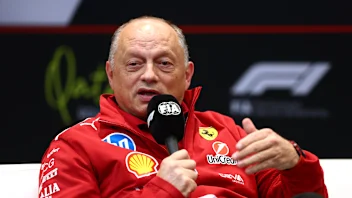 Abu Dhabi 'not a bad weekend' for Ferrari – Vasseur
Abu Dhabi 'not a bad weekend' for Ferrari – Vasseur/Untitled-10.webp) Bottas embarks on first day as a Cadillac driver
Bottas embarks on first day as a Cadillac driver Norris hopes title win doesn’t change him as a driver
Norris hopes title win doesn’t change him as a driver Beyond The GridToto Wolff and Hywel Thomas on Mercedes’ 2026 prospects
Beyond The GridToto Wolff and Hywel Thomas on Mercedes’ 2026 prospects Hamilton 'doesn't have a mindset' for 2026 after tricky year
Hamilton 'doesn't have a mindset' for 2026 after tricky year
